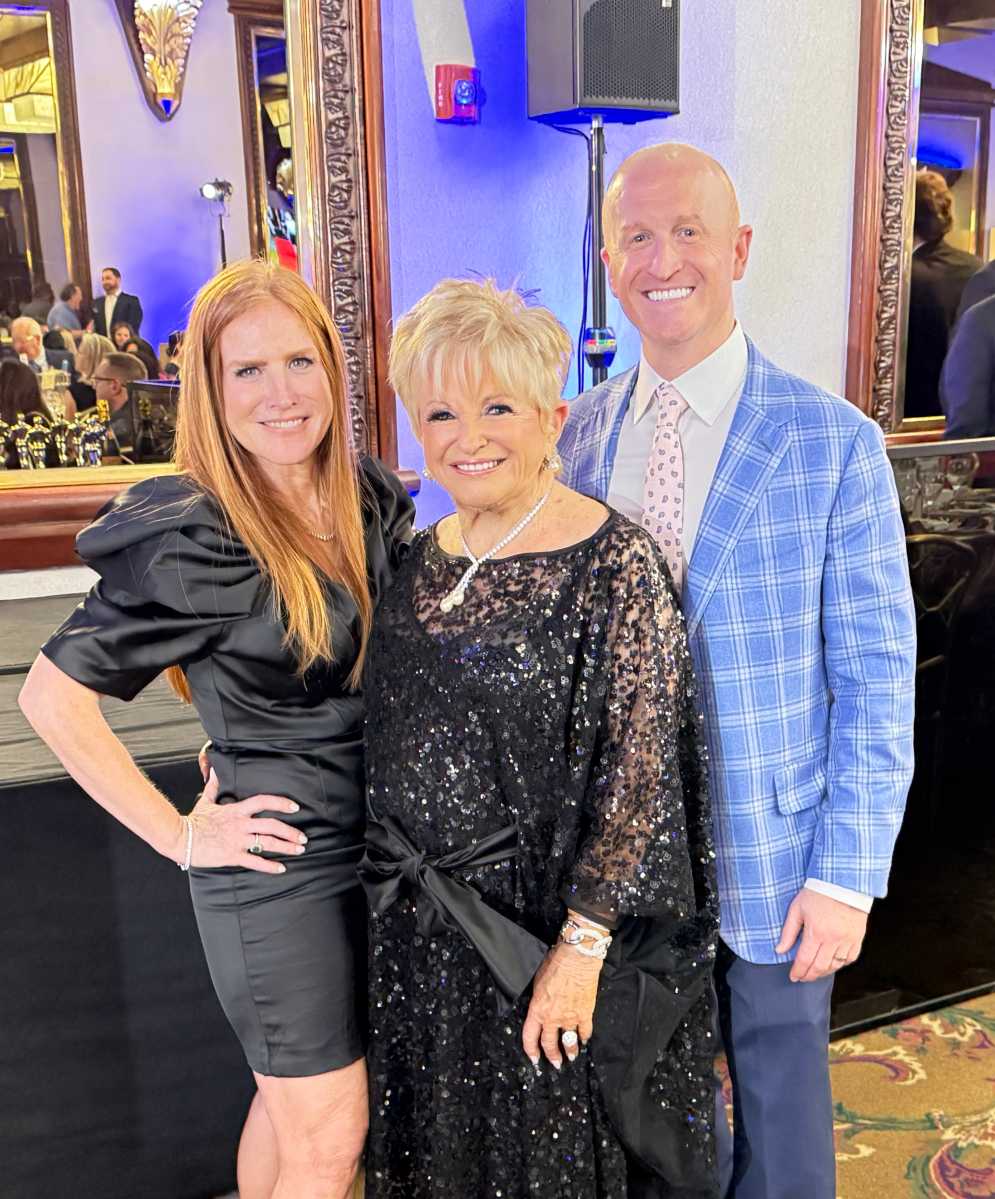View from the Garden: Sunflowers Are for the Birds!

I recently took over the maintenance of an existing vegetable garden. Planted among the vegetables were many sunflowers—too many, I thought.
They were lovely to look at, though: multi-branched with grey-green foliage and soft yellow flowers about 4 inches wide. The thing is, they had been planted between rows of vegetables, and these were getting lost in the middle of the sunflower stalks. The sunflowers were shading cucumbers and zucchini, inhibiting their growth. Sunflowers planted next to tomatoes had fallen over and become entangled with the tomatoes. I discovered a row of onions only after removing the eight sunflowers that were flanking them. This flock of sunflowers hovered above the entire garden and dominated all plants beneath it! We removed those and now the garden looks like a vegetable garden with some sunflowers instead of a sunflower garden with skirts.
Sunflowers are indigenous to North America and have been used as food for centuries. We grow crops of them for their seeds, which are very tasty—birds like them, too—and for cooking oil. And we grow them for their beauty. What a huge variety there is, from the very tall, single-flowered, big-headed type to the short, single-flowered ones; and the many varieties of multi-branched ones, with colors ranging from yellow to reddish. I once had charge of a vegetable garden for seven consecutive years, and I grew a different variety of sunflower each year just to see what it looked like and to attract butterflies and other pollinators.
Single-stalk sunflowers are the ones to pick for the house. Their stems need help to allow water to reach the flower. If you cannot immediately put them into water after picking, make slicing cuts up the stem for about 2 inches. Change the water every day and they will stay fresh for several days.
I love to grow the very tall ones and leave the heads to go to seed for the birds. Birds even eat seeds on the small ones. Any seeds that birds don’t eat will fall to the ground and get eaten by other critters.
There are some problems with sunflowers. Their lower leaves tend to turn black and become ugly. Also, sunflowers are allopathic—their roots exude a substance that can negatively affect the roots and therefore the growth of plants at their feet. Seeds that fall to the ground under bird feeders are also allopathic, so it is good to rake them up frequently. I plant sunflowers at the edge of a garden and not among other plants, so I don’t have to deal with this. If the black leaves look too bad, I just remove them. It is also good to plant them on the north side of a garden so they don’t shade other plants.
Next year, I think I will plant some Mongolian Giant sunflowers: 12–14 feet tall, heads 16–18 inches and seeds 1.5 inches long. Or Titian, which are 12 feet tall with seed heads 18–24 inches. These will certainly need full sun so they don’t have to strain toward the light. Sunflowers do follow the sun a+cross the sky during the day while their stalks are green but stop when their stalks become woody. If you have children, the short but very sweet Teddy Bear is a good choice to grow. I found these varieties at Seed Savers Exchange.
When I plant the Mongolian Giant, I think I will plant a Mina Lobate (Firecracker Vine) or a Thunbergia Alata (Black-eyed Susan vine) to grow up the stalk. And if that works, I will try growing beans up the stalk the following year.
Remember: experimentation is an important part of gardening.
Jeanelle Myers is a professional gardener, landscaper and consultant. For gardening discussion you can call her at 631-434-5067. jeanellemyersfinegardening.com









